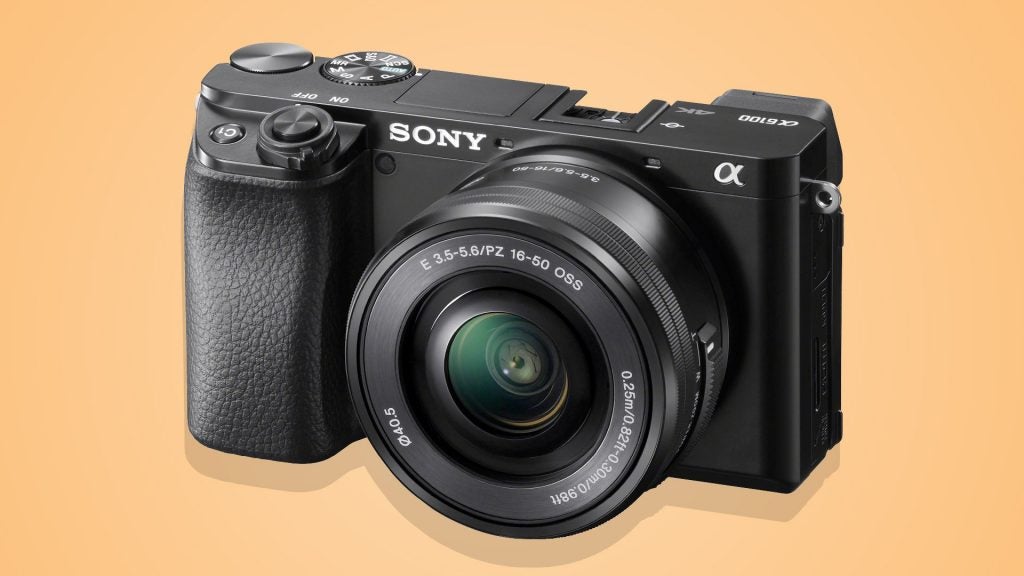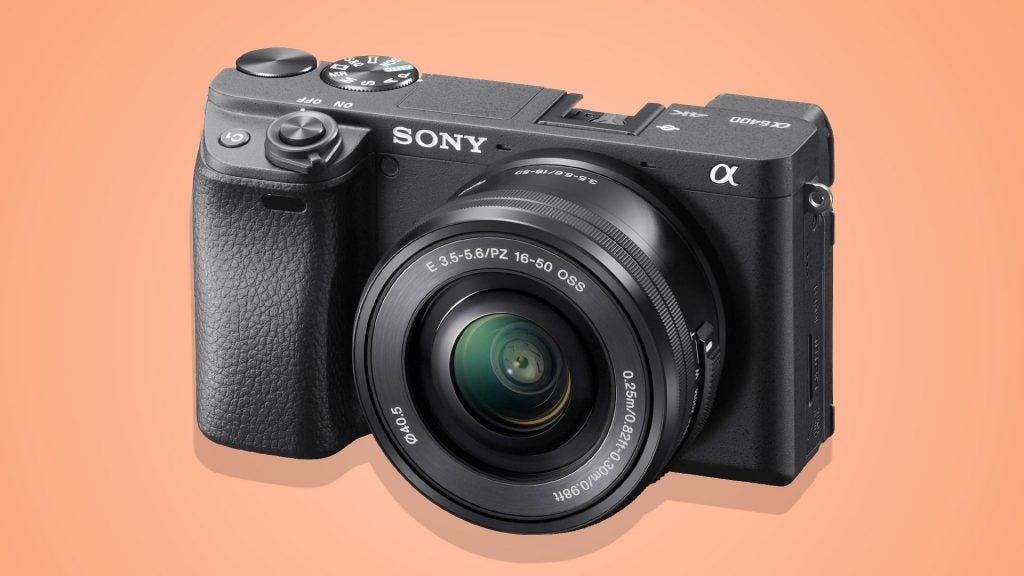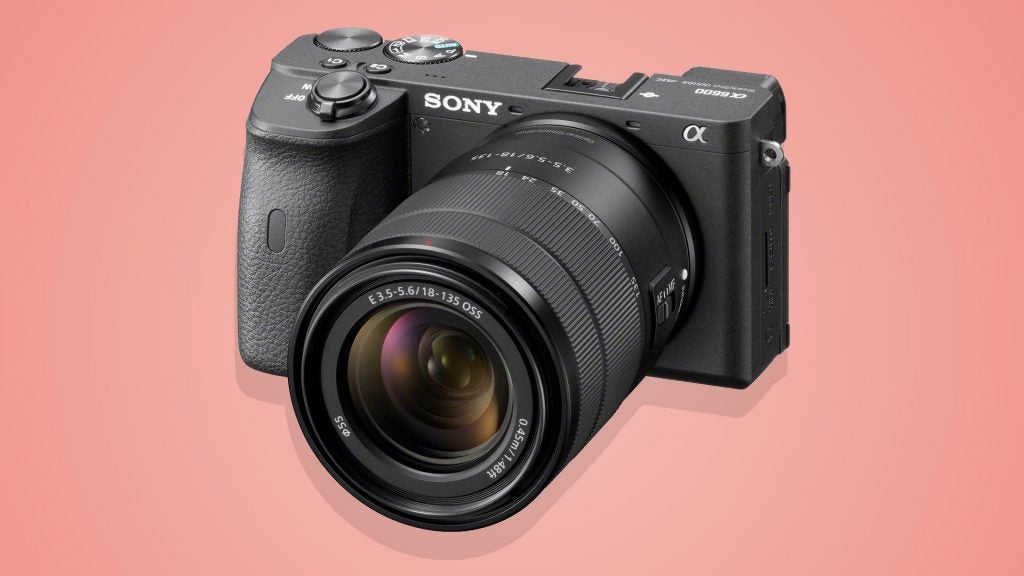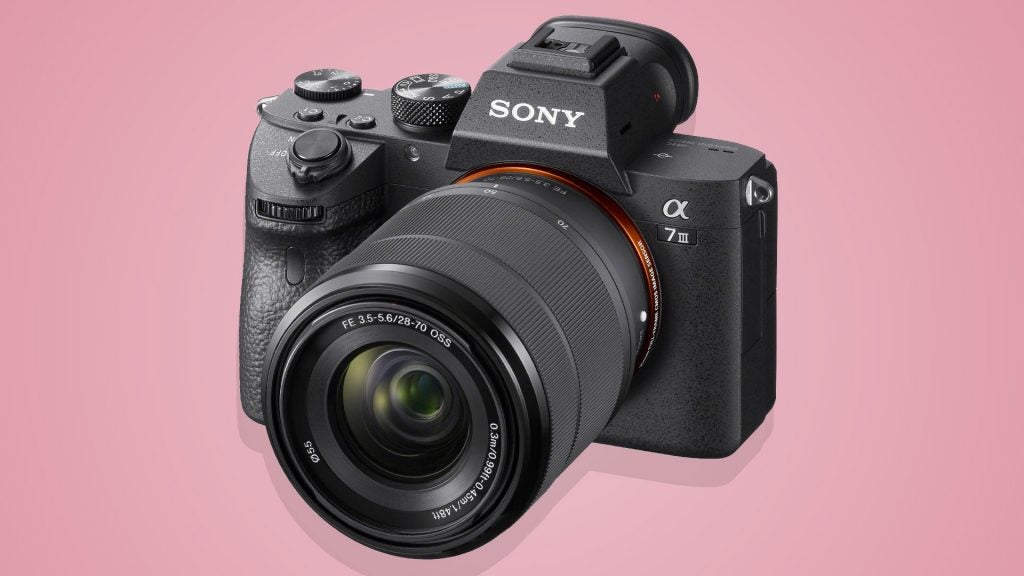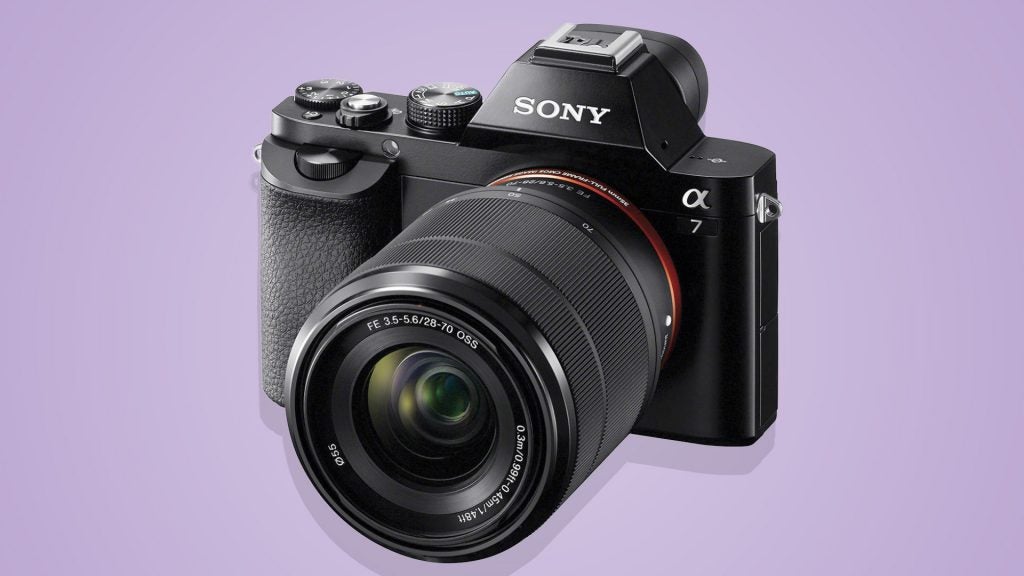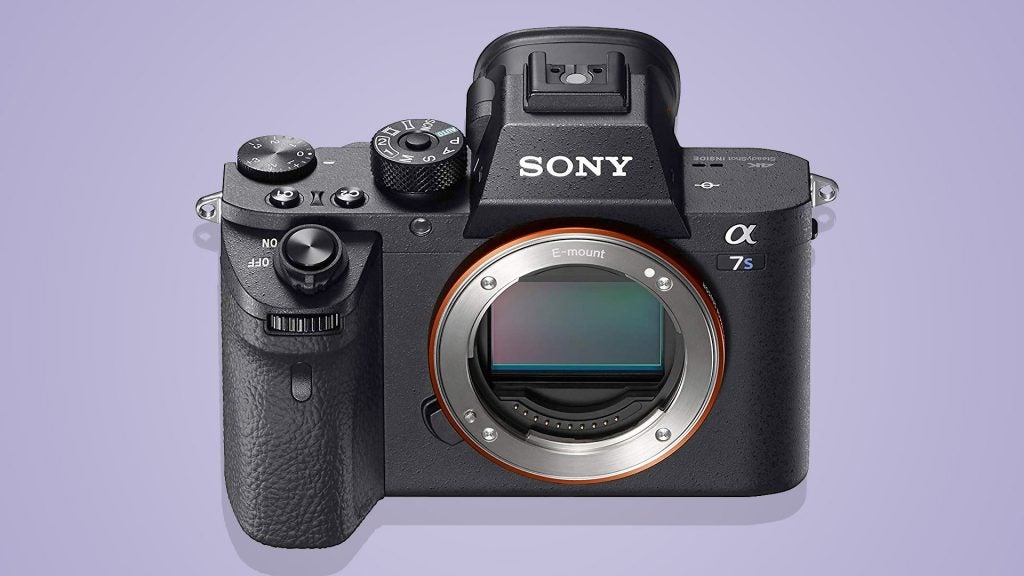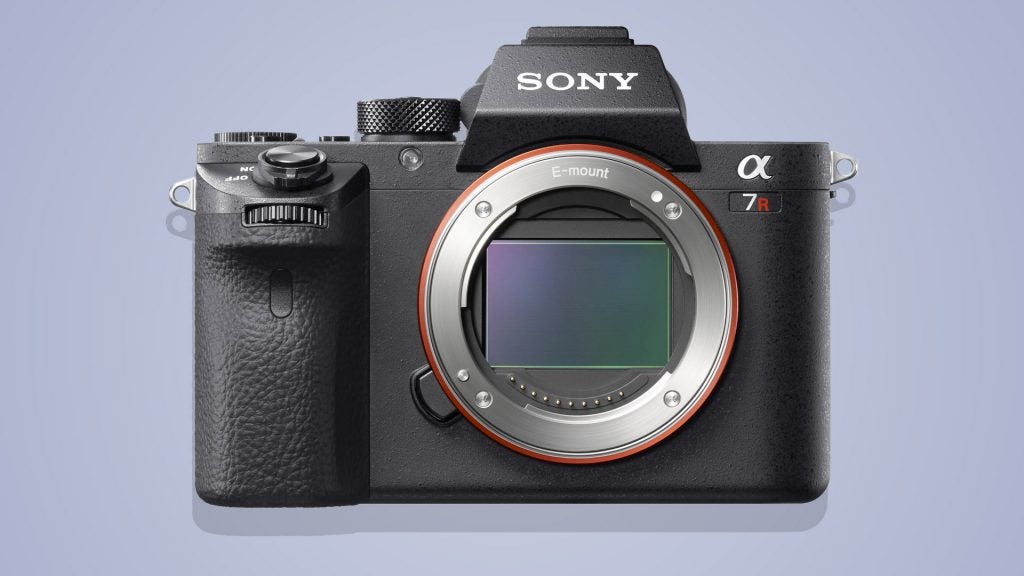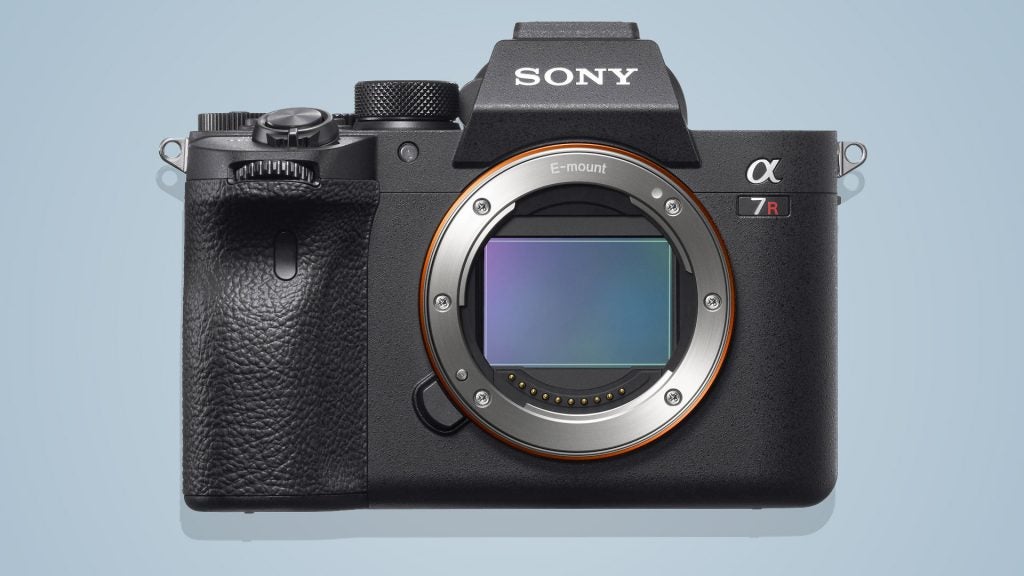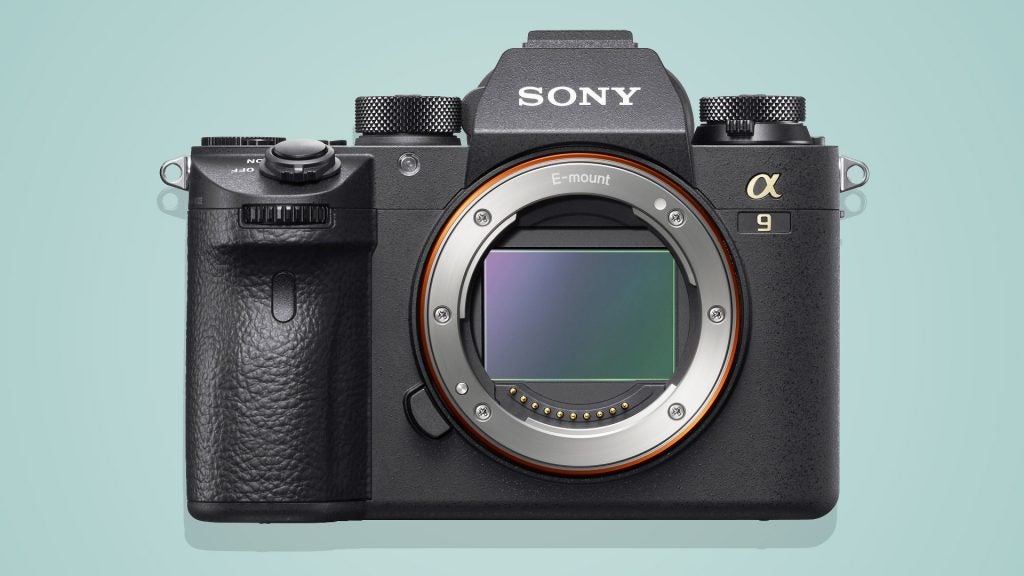Best Sony Alpha 2019: Which mirrorless Sony camera should you buy?
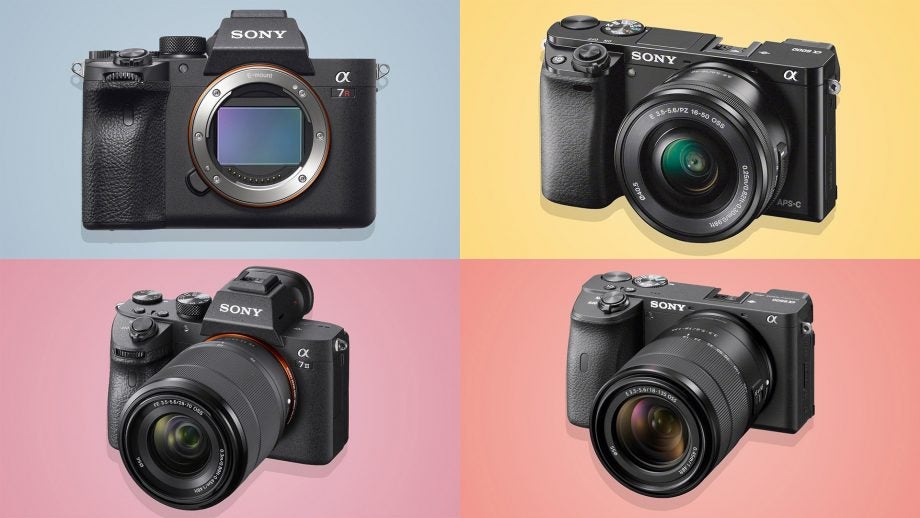
Sony is the original master of full-frame and APS-C compact system cameras. Its Alpha range is not where the Sony mirrorless story began, but it has been home to the most important developments in interchangeable lens camera tech for the last six years.
But which should you buy? You’ll find everything here from £320 bargains, for those who want to try photography as a hobby, to £3000-plus cameras for pros.
Let’s break down the top choices in the series to see exactly what separates them, without making you dig through spec sheets. We’ll also mention when a camera is due to be replaced. The Sony Alpha family is such a sprawl, you’re never too far away from an update to at least one of its branches.
For now, though, here’s our guide to the best Sony Alpha buys at each price point, from APS-C classics to full-frame trailblazers.
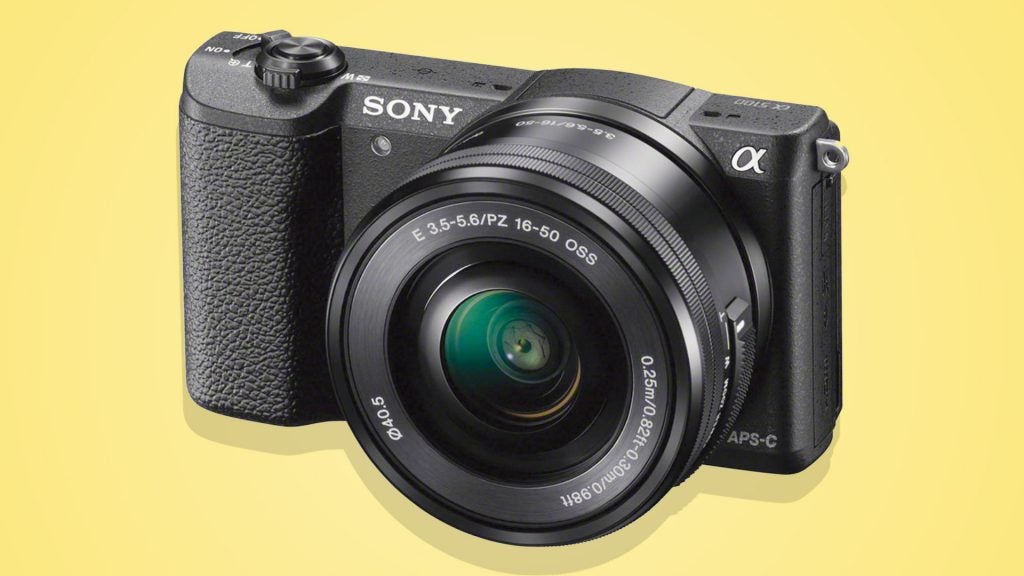
Sony Alpha A5100
The budget choice
Pros:
Accessible price
Good image quality for the money
Small body
Cons:
It’s now very old
No viewfinder
The Sony Alpha A5100 is the oldest entry-level E-mount camera you can still buy new. At over five years old, this is a budget mirrorless grandad. But it is still an excellent entry point for those ready to move on from phone photography.
For £320 online you get the camera body plus 16-50mm kit lens. This lens is optically stabilised, which partly makes up for the lack of stabilisation in the body itself. What did you expect for this kind of cash? You can buy the lens on its own for £279, so it’s hard to argue that this is anything but a great deal.
This is also probably the least intimidating Alpha camera. It’s fairly small, and isn’t packed with masses of buttons and dials. The Alpha A5100 is a mirrorless camera with a point and shoot feel, helped by its touchscreen control and selfie-friendly flip-up display.
A lot of enthusiasts turned their noses up at the Alpha 5100 at its 2014 release, for almost the same reasons. It doesn’t have an electronic viewfinder and the lack of hotshoe means you can’t slot in a flash (there’s a built-in pop-up). And while there are enough controls to let you use priority modes, which are the easy way into manual shooting, the camera isn’t packed with manual dials.
While this is a low-end APS-C mirrorless camera, the lens is the limiting factor, not really the camera itself. It’s great, but the Alpha A5100 would be even better with a sharper, wider-aperture lens.
You can shoot video at up to 1080p, 60 frames per second.
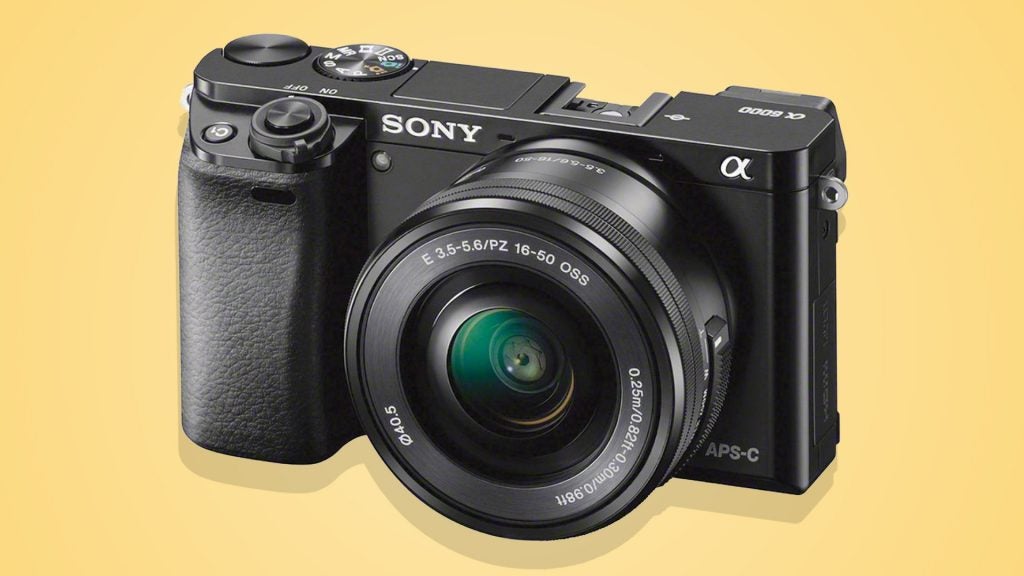
Sony Alpha A6000
Still a great budget choice for beginners
Pros:
A little more flexible than the A5100
Cons:
Now an old model
No 4K video
This is another golden oldie from the Alpha line-up. It was released in 2014, a few months before the cheaper Alpha A5100.
In several important respects it’s very similar to the A5100. The Sony Alpha A6000 has the same 24-megapixel sensor, and comes with the same 16-50mm kit lens at most retailers.
Image quality differences between the two is slight. However, the A6000 does have a couple of features many “serious” photographers appreciate.
It has an electronic viewfinder, so you don’t have to rely on the rear screen all the time. This is a 1.4-million-dot EVF with an OLED screen. That’s fairly low by today’s standards, and gives you an “SD quality” preview image.
The Sony A6000 also has a hotshoe, which lets you slot in a flash. However, there’s no microphone input so you can’t use this to add most mics. It’s a real pity for YouTubers, but back in 2014 the idea of producing mid-range cameras for budding videographers was less common. Sony ones should work, though.
This camera gets you a significant speed upgrade over the Sony A5100, with 11fps burst instead of 6fps. Even five years on this still seems quick.
Sony Alpha A6100
Need a mid-range APS-C camera with great autofocus and 4K? The A6100 fits the bill
Pros:
Upgraded AF
Has 4K video
Cons:
Relatively low-res EVF
Costs a lot more than the A6000 in 2019
The Sony Alpha A6100 is the new replacement for the great-but-ageing A6000 (see above). It has several important upgrades.
Some of these seem simply obvious in 2019/2020. It can shoot 4K video, although it tops out at 30fps rather than the 60fps you might hope for.
The autofocus system has been updated too. Where the A6100 has a 179-point AF system, this one has 425-point on-sensor AF with improved object tracking.
Dig into the UI to get to grips with this if you end up with an A6100. It works well as a point-and-shoot camera, but tracking AF is important for action photography, and you have to decide to use it.
Sony also claims the focus speed is 0.02 second lock, down from 0.06 seconds in the A6000.
This is very much a time-based refresh of the A6000, and not every part has been updated. The electronic viewfinder is a less-than-ideal 1440k-dot OLED, for example. It’s not a compromise-free alternative to an optical DSLR-style viewfinder.
However, the A6100 does replace all the parts of the Sony Alpha A6000 that seem seriously outdated in 2019. Should you buy it over the A6000? If they are remotely close in price, of course. But the Sony A6100 paves the way for big A6000 discounts, which should appeal if you’re a stills-only photographer.
Sony Alpha A6400
Arguably the best enthusiast-level travel camera you can buy
Pros:
Has 4K video
Improved EVF
Cons:
No in-body stabilisation
To look at the name you wouldn’t guess the Alpha A6400 is almost five years younger than the A6000, but you can see the effect of those years in some of the camera’s specs. It can shoot 4K video (30fps) and 120fps slo-mo at Full HD. Older models can’t.
The EVF has been radically improved too. Resolution has been almost doubled to 2.36 million dots, for a pixel-based resolution of 1024 x 768. This gets you far closer to the look of an optical viewfinder, which is important if you’re switching from a DSLR.
All those years have seen Sony take a different approach to touchscreens too. Back in the day, few higher-end cameras had them. The Sony Alpha A6400 does, because so many of us are more comfortable with touch controls than dials. Or at least like to use them sometimes.
The camera has a mic jack input, a massive boon for video work, This camera also has a higher-end weather sealed magnesium body. A lot of the parts you hold may still have a textured plastic finish, but you can use the Alpha A6400 in the rain with more confidence.
For all these higher-end features, though, the A6400 does not have in-body stabilisation (unlike the even newer A6600 below). This is an important consideration if you want a camera that works well handheld no matter the lens attached.
Sony Alpha A6600
A unique mirrorless camera with in-built stabilisation and a great battery life
Pros:
Long battery life
In-body stabilisation
Headphone jack
Cons:
Chunkier than other A-series models
At the time of writing we have not yet fully reviewed the A6600, but it has the features you might miss in the A6400. In-body stabilisation is probably the most important.
The Sony A6600 has five-axis stabilisation, which will let you use much longer exposures handheld. It is even more important if you will use non “OSS” lenses. This is the term Sony uses for its lenses with their own optical stabilisation.
The camera also has the larger battery used in Sony’s full-frame cameras, which almost doubles the number of pictures you can take between charges to above 700 (CIPA standard).
A bigger battery also means a bigger grip. Not all of you will want this, of course, but it does offer a more “serious” feel, and is a better fit for Sony’s larger E mount lenses.
The Sony Alpha A6600 also has a headphone jack, for audio monitoring, and HDR 4K video recording adds to its videographer cred.
But is it worth the extra £600 over the Alpha A6100? That’s tough, as £600 is not small change. In-body stabilisation can make a huge difference to the flexibility of your shooting, though.
Sony A7 III
An amazing full-frame all-rounder
Pros:
Great features for the price
Good tracking AF
Great image quality
Cons:
Not much unless you’re a specialist shooter
This is the right full-frame Alpha camera for many people. It’s far more affordable than the Sony A7R IV, and thanks to its lower-resolution sensor is more forgiving in low light than the A7R III. However, we can’t comment on the A7R Mark IV’s low-light performance just yet.
It has everything most serious handheld shooters would want. The 24-megapixel sensor offers good detail and in-body stabilisation gives you more exposure leeway even when using “simple” primes.
You can shoot 4K video at 30 frames per second, and even speed is excellent for a full-frame camera. Max burst speed is 10fps.
There are no doubt reasons to disagree, but the Sony A7 Mark III is the sweet spot of the full-frame Alpha range for most. Like many more recent cameras, the AF system also sounds super-advanced compared to what we had just a few years ago.
It has 693 phase-detection points, covering almost the entire frame (93%). And as its sensor has larger photosites, the max ISO and high-ISO performance actually beat the more expensive A7R III. The pricier camera isn’t always the better choice.
Sony Alpha A7
The old favourite and a ‘cheap’ route into full-frame
Pros:
An affordable route to full-frame photography
Full-frame image quality
Cons:
No in-body stabilisation
No 4K video
Humble burst performance
The Sony Alpha A7 is ancient in tech terms. It was released in 2013, but still has an important place on shelves today. It’s usually the cheapest route to a full-frame mirrorless camera.
Which parts have aged badly? The Alpha A7 looks similar to today’s A7 III, but Sony has significantly improved the controls’ ergonomics since 2013.
Image quality of the old model is still excellent, particularly considering today’s much-lowered price. But you don’t get in-body stabilisation, which is hugely beneficial if you shoot handheld most of the time.
Video is limited too. The Alpha A7, like almost all cameras at the time, is limited to 1080p capture. You can shoot at 60p, though.
Use an Alpha A7 and A7 III side by side and you’ll also notice a big difference in AF performance. You can talk all you like about the number of focus points (99 versus 425) but speed and reliability matter most. And both the A7 II and A7 III significantly outperform the original Alpha A7.
Sony has pulled off the same trick here as it did with the brilliant RX100 compact series. The core abilities of the Alpha A7 are still good enough to make it compelling, relevant and desirable years after its launch. But the extras added to follow-up models are attractive enough to make you agonise over which to buy.
Sony Alpha A7S II
Still the videographer’s choice?
Pros:
Great low-light video performance
Cons:
It’s old
Limited detail in stills
The Sony Alpha A7S II is a video-focused full-frame mirrorless camera released way back in 2015. We hope to see its successor announced any time now, but it’s easy to see why Sony has taken its time. Other cameras have caught up and the next one needs a big improvement to justify its existence.
Its current model can shoot 4K video at 30 frames per second, and the relatively low-res 12-megapixel sensor gives it better ultra-high ISO video detail than the Sony A7 III.
However, the A7S II is no longer a hugely competitive option for most people. The cheaper A7 III beats it for stills quality, stabilisation and autofocus performance. Sony’s A7 III even produces sharper 4K video, in good lighting, for less money.
If you’re desperate for a Sony video-obsessed camera, wait for the A7S III unless you find a great deal for the mark II.
Found that deal? It does have some great video features like the SLog3 for better post-shoot colour grading, a solid 2.36-million-dot EVF and 120fps slo-mo.
What killer features are expected in the new version? As it needs to clearly beat its siblings for video, above-4K capture, 60fps 4K and faster slo-mo at 1080p are the top contenders. Hopefully we’ll see all three.
Sony Alpha A7R III
Seek out deals for this studio-style mirrorless
Pros:
Strong AF
Great image quality
Strong competition from the A7 III, for many
Cons:
Not the latest model
The new Sony Alpha A7 IV gives us all a good chance to pick up an A7R III at a lower price. It has been around since 2017 and seems like a “current” camera, even if it is now past its prime.
This is a high-resolution camera. Its 42-megapixel sensor will show its real abilities when shooting in a studio environment with controlled lighting.
However, it doesn’t only work in this situation. It works everywhere, in part thanks to the built-in 5-axis stabilisation.
The A7R also has marginally better dynamic range than the A7 III, although the much higher resolution does see it struggle more at very high ISOs. But, let’s be real. This is a high-performance full-frame camera. Its image quality is great in just about any real-world situation.
But should you upgrade to the Mark IV? Higher resolution is the new version’s main upgrade. There’s no added 60p 4K video – both shoot 4K/30 – so the benefit does start to disappear as soon as you stop shooting at base ISO.
Right now we’re struggling to justify the £1,000-ish price difference in today’s prices. But it may make sense for pros, particularly as the Mark IV also has a sharper EVF.
Sony Alpha A7R IV
Epic resolution doesn’t hold this amazing camera back from being a great all-rounder
Pros:
Very high-res EVF
Extreme detail for studio shoots
Cons:
Added resolution not a huge benefit in all conditions
The full-frame Sony E-mount range has three families in its 7-series. There’s the plain A7 for “normal” folk, the A7S for video, and the A7R for studio work. That idea has been maxed-out with the A7R IV.
Sensor resolution has been increased from 42 megapixels to 61. Its detail recovery, when able to use base ISO, will be immense. There’s even a pixel shift mode that captures 240-megapixel shots. They’re 2GB a piece, so stock up on memory cards.
Thanks to in-body stabilisation you won’t even need to be mounted 24/7 to get fairly sharp standard images. The A7R IV also gets a big EVF upgrade, resolution rocketing from 3.68 million dots to 5.76 million. That’s 1600 x 1200 in pixel terms.
Just like the previous Sony Alpha A7R III, though, the high-res approach leaves the 7R IV with a relatively low maximum native ISO, at 32000. This amounts to an entirely unexpected admission that noise creeps in much earlier than in a lower-res setup.
There’s no progress on video resolution either. Like the A7 III, the A7R IV can reach 4K at 30 frames per second – not 60.
However, burst shooting is incredibly fast considering the resolution, at 10fps. The Sony A7R IV is a true showcase of cutting-edge camera tech. But is it overkill for most of us? Probably. But that doesn’t stop us wanting one.
Sony Alpha A9
Still a cracking choice for action and sports photographers
Pros:
Excellent burst performance
Non-blackout viewfinde
Big burst buffer
Cons:
It’s ready to be replaced
Still costs a lot
The Sony Alpha A9 was released in 2017 and is another camera due for an upgrade. Many expect to see the A9 II imminently.
Speed is the main, and perhaps sole, reason to choose an A9 series camera over one of the A7 models. Even this 2017 version provides around twice the burst speed of its siblings, 20fps with continuous autofocus and no preview blackout.
This is the obvious choice for sports photographers. It also debuted the 693-point AF system seen in the Alpha A7 III.
The Alpha A9 is a seriously impressive camera that beats all the other Sonys for full-frame action performance. Its buffer lets you take up to 241 RAWs before it fills up.
At this point, though, are you sure you don’t want to wait to see what the Alpha A9 II adds? This camera is still extremely pricey, at £3399 body-only. You don’t see quite the same reductions as some of the other models, as its appeal is specialised.
We are likely to see a new 30-plus-megapixel sensor in the A9 II, and potentially even quicker burst speeds than the A9.


